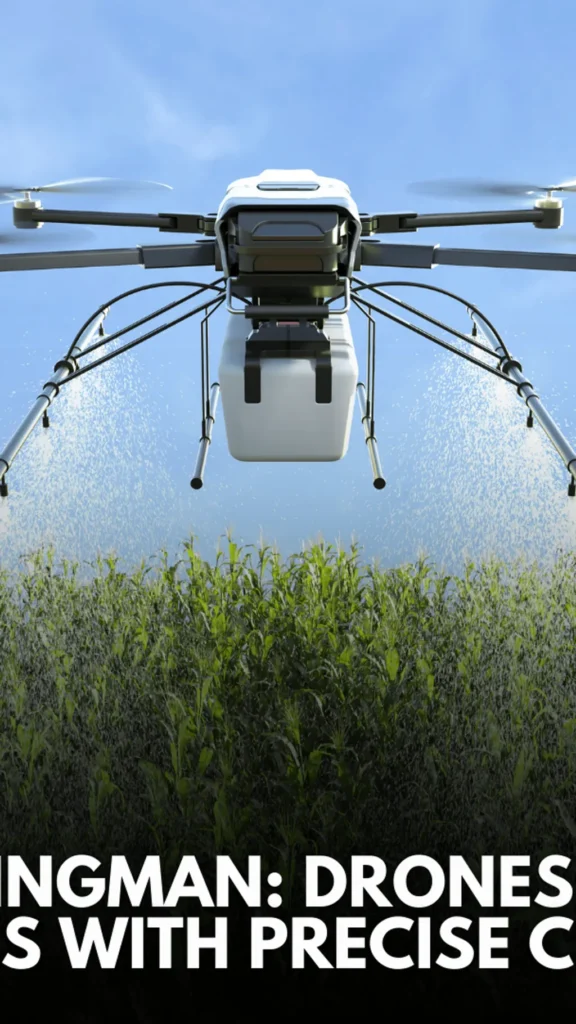In the ever-evolving landscape of agricultural technology, a new editorial has emerged that could significantly impact the way we approach field crop protection. Published in *Frontiers in Plant Science* (translated from Chinese as “Plant Science Frontiers”), the article titled “Advanced methods, equipment and platforms in precision field crops protection, volume II” is led by Zhaoyuan Zhang from the School of Electrical and Information Engineering at Jiangsu University in China. This research delves into the cutting-edge techniques and technologies that are revolutionizing precision agriculture, with a particular focus on crop protection.
Precision agriculture is not just about maximizing yield; it’s about sustainability, efficiency, and intelligent resource management. Zhang and his team explore how advanced methods, equipment, and platforms are being developed to meet these goals. “The integration of multi-source data fusion, precision perception, and intelligent decision-making is transforming the way we protect our crops,” Zhang explains. This transformation is not just theoretical; it’s already happening in fields around the world.
One of the most exciting aspects of this research is the use of unmanned aerial vehicles (UAVs), commonly known as drones. These UAVs are equipped with advanced sensors and imaging technology that can detect early signs of disease, pest infestations, and nutrient deficiencies. “By using UAVs, we can monitor large areas of crops in real-time, providing farmers with the data they need to make informed decisions quickly,” Zhang adds. This real-time data is crucial for implementing timely interventions, which can prevent the spread of diseases and reduce the need for chemical pesticides.
The commercial impacts of these advancements are substantial. For the energy sector, which often relies on large-scale agricultural operations for biofuels and other renewable resources, precision agriculture can enhance the efficiency and sustainability of these operations. By optimizing crop protection, farmers can ensure healthier crops, leading to higher-quality biofuel feedstocks. This not only benefits the environment but also makes the energy sector more resilient and economically viable.
Moreover, the integration of intelligent decision-making systems allows for the automation of many agricultural processes. This automation can reduce labor costs and increase productivity, making farming more attractive to a new generation of tech-savvy farmers. “The future of agriculture lies in the seamless integration of technology and traditional farming practices,” Zhang notes. This fusion of old and new can create a more sustainable and profitable agricultural sector.
The research also highlights the importance of multi-source data fusion. By combining data from various sources such as satellites, drones, and ground-based sensors, farmers can gain a comprehensive understanding of their fields. This holistic approach enables more precise and effective crop protection strategies. “Data is the lifeblood of modern agriculture,” Zhang states. “By harnessing the power of data, we can make our farms smarter and more efficient.”
As we look to the future, the advancements discussed in this editorial could shape the next generation of agricultural technologies. The integration of precision perception, intelligent decision-making, and multi-source data fusion is just the beginning. With continued research and development, we can expect even more innovative solutions that will further enhance the efficiency and sustainability of our agricultural practices.
In conclusion, the editorial by Zhaoyuan Zhang and his team at Jiangsu University offers a compelling vision of the future of precision agriculture. By embracing advanced technologies and data-driven strategies, we can create a more sustainable and profitable agricultural sector. As published in *Frontiers in Plant Science*, this research serves as a beacon for the future of smart agriculture, guiding us towards a more efficient and resilient farming landscape.

